Steven Vogel - Why the Wheel Is Round: Muscles, Technology, and How We Make Things Move
Here you can read online Steven Vogel - Why the Wheel Is Round: Muscles, Technology, and How We Make Things Move full text of the book (entire story) in english for free. Download pdf and epub, get meaning, cover and reviews about this ebook. year: 2016, publisher: The University of Chicago Press, genre: Romance novel. Description of the work, (preface) as well as reviews are available. Best literature library LitArk.com created for fans of good reading and offers a wide selection of genres:
Romance novel
Science fiction
Adventure
Detective
Science
History
Home and family
Prose
Art
Politics
Computer
Non-fiction
Religion
Business
Children
Humor
Choose a favorite category and find really read worthwhile books. Enjoy immersion in the world of imagination, feel the emotions of the characters or learn something new for yourself, make an fascinating discovery.
- Book:Why the Wheel Is Round: Muscles, Technology, and How We Make Things Move
- Author:
- Publisher:The University of Chicago Press
- Genre:
- Year:2016
- Rating:4 / 5
- Favourites:Add to favourites
- Your mark:
Why the Wheel Is Round: Muscles, Technology, and How We Make Things Move: summary, description and annotation
We offer to read an annotation, description, summary or preface (depends on what the author of the book "Why the Wheel Is Round: Muscles, Technology, and How We Make Things Move" wrote himself). If you haven't found the necessary information about the book — write in the comments, we will try to find it.
There is no part of our bodies that fully rotatesbe it a wrist or ankle or arm in a shoulder socket, we are made to twist only so far. And yet, there is no more fundamental human invention than the wheela rotational mechanism that accomplishes what our physical form cannot. Throughout history, humans have developed technologies powered by human strength, complementing the physical abilities we have while overcoming our weaknesses. Providing a unique history of the wheel and other rotational devices, like cranks, cranes, carts, and capstans, Why the Wheel Is Round examines the contraptions and tricks we have devised in order to more efficiently moveand move throughthe physical world.
Steven Vogel combines his engineering expertise with his remarkable curiosity about how things work to explore how wheels and other mechanisms were, until very recently, powered by the push and pull of the muscles and skeletal systems of humans and other animals. Why the Wheel Is Round explores all manner of treadwheels, hand-spikes, gears, and more, as well as how these technologies diversified into such things as hand-held drills and hurdy-gurdies. Surprisingly, a number of these devices can be built out of everyday components and materials, and Vogels accessible and expansive book includes instructions and models so that inspired readers can even attempt to make their own muscle-powered technologies, like trebuchets and ballista.
Appealing to anyone fascinated by the history of mechanics and technology as well as to hobbyists with home workshops, Why the Wheel Is Round offers a captivating exploration of our common technological heritage based on the simple concept of rotation. From our leg muscles powering the gears of a bicycle to our hands manipulating a mouse on a roller ball, it will be impossible to overlook the amazing feats of innovation behind our daily devices.
Steven Vogel: author's other books
Who wrote Why the Wheel Is Round: Muscles, Technology, and How We Make Things Move? Find out the surname, the name of the author of the book and a list of all author's works by series.

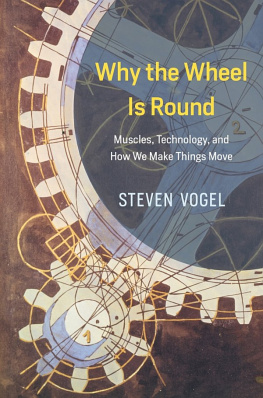
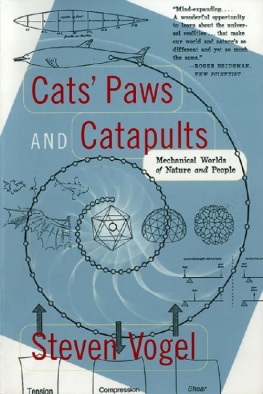
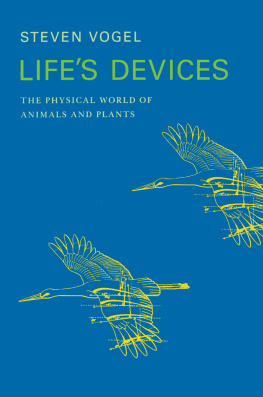

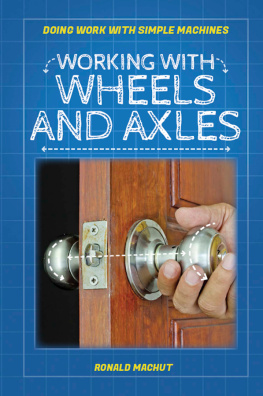


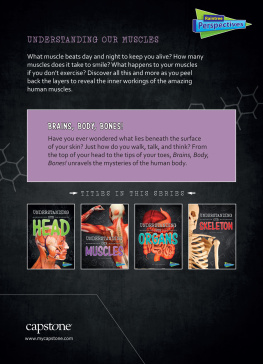
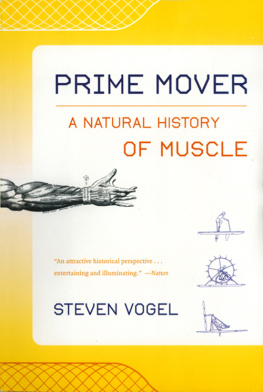

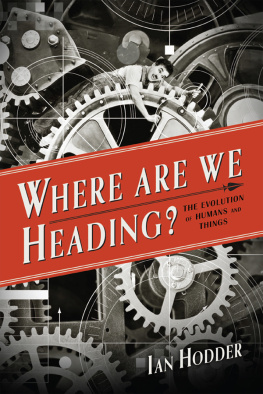
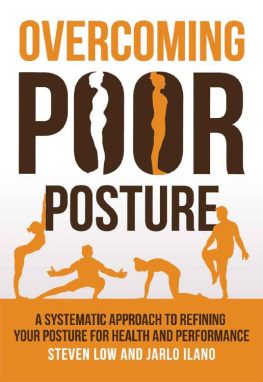
 This paper meets the requirements of ANSI/NISO Z39.48-1992 (Permanence of Paper).
This paper meets the requirements of ANSI/NISO Z39.48-1992 (Permanence of Paper).